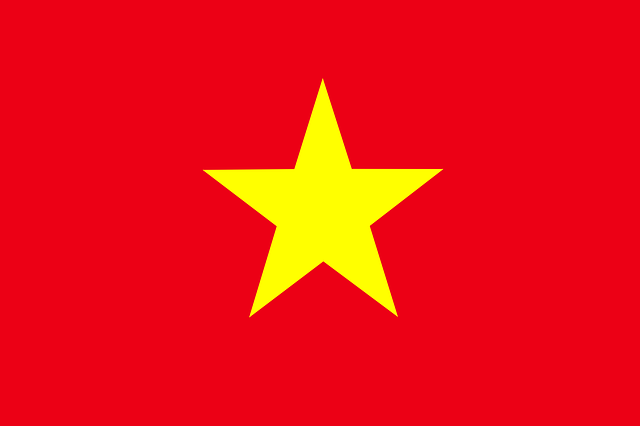The Sleeping Giant
Vietnam, a country in Southeast Asia, has experienced a tremendous amount of conflict, from the French Invasion of 1857 to the Vietnam War in the 20th century. With such violence attached to the nation, Vietnam has always seemed vulnerable to an outside threat or influence- mainly from China and the Soviet Union. At the turn of the 1950s, a large presence of Socialist based coups occurred in Vietnam. The coups eventually led to the country’s split and a period of bloodshed involving the United States, which tore the Indochina peninsula apart. However, the country unified itself in 1975, becoming the Socialist Republic of Vietnam. The newly found republic got off to a rough start, economically. Its GDP was depleting, and not a single western nation wanted to trade with Vietnam. In addition, its allies in East Asia sought trading partners elsewhere. The economy was a crucial issue that needed to be addressed; otherwise, the nation could fall apart.
The Rise
In 1986, a program called Doi Moi was launched in Vietnam to stimulate the economy. Doi Moi combined free-market incentives with a focus on a Socialist economy and empowering the people. From 1986 to 1996, Vietnam’s GDP grew more than four percent. Such growth set the scenario for Vietnam’s transition into the 21st century. Slowly as the 2000s rolled around, Vietnam was getting recognized as a profound developing economy. Nations began trading with Vietnam, urban developments skyrocketed, and the countries GDP grew fast. Such growth gave Vietnam the nickname of “The Sleeping Giant,” as the country is on a pedestal to become the next Asian superpower. With the success Vietnam had, it was still seen as unreliable. Reports of human rights abuses and ape labor came out of Vietnam, despite the government clearing up such allegations. In order to maintain its global position, Vietnam decided to expand its tourism industry. Into the 2010s, Vietnam became a hotspot for international students and ex-pats. Soon tourism made up a large percentage of the nation’s economy, showing that the country did not violate human rights or push ape labor. That gave way to another period of economic prominence, the late 2010s.
Modern Day
In the modern-day, Vietnam is seen as a developing nation with a tremendous amount of resources. Vietnam maintained trading ties with China and South Korea, even adding the United States as a partner. Such connections gave Vietnam the ability to outperform in foreign markets and trade, boosting its economy. However, Vietnam’s big break came when corporations and other entities used Vietnam as a trading partner, which drastically lowered the unemployment and poverty rate. According to Worldbank.org, the poverty rate shrank from seventy percent to six percent over the 2000s, and the unemployment rate shrank by 1.1 percent. Such decreases propelled the country to new heights. Even attracting Western influence, as Vietnamese immigrants in the United States and Europe have established their conglomerates’ culture. However, as 2020 raged on with the COVID-19 pandemic, Vietnam’s economy took a slight dip. Despite a lowering poverty rate and expanded trade. Over 2020, Vietnam has still maintained its economic growth, showing that a mixed economy is efficient. Vietnam has expanded trading partners, heightened its employment rate, and successfully contained the COVID-19 pandemic. Western nations cannot ignore such accomplishments, Vietnam after all, is The Sleeping Giant.
Success
Vietnam’s success over the past 30 years has been overlooked, a mistake by nations worldwide. The nation may be underrated; however, it always seems to perform, even in the worst situations. The European Union and other nations need to look at Vietnam’s success, evaluate their position, and consider them a top economy globally. Otherwise, Vietnam may continue to grow, while western nations do not engage.

